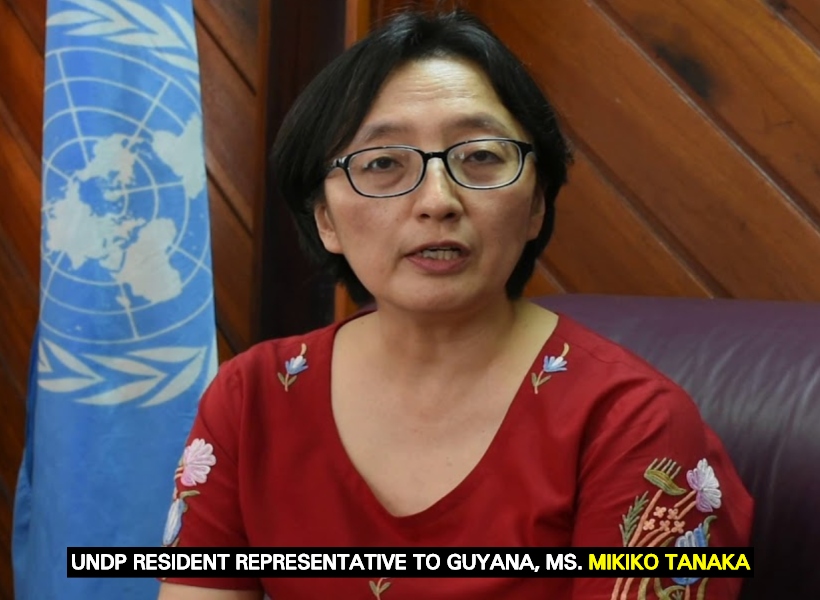Revenues from large scale gold mines in Guyana are expected to be at their highest in 2020 reaching some US$101M. This is according to a study conducted by the United Nations Development Programme (UNDP).
Specifically making this known from the report was UNDP Resident Representative, Ms. Mikiko Tanaka. The official noted however that this money from the gold sector is projected to see a decline over the next decade, assuming no new projects are discovered.
Tanaka said that the comprehensive study shows that with the large-scale gold mines currently in production, skills transfer, and training will be the dominant impact of these Foreign Direct Investments (FDI), while production, manufacturing, and product transfer will be limited.
The UNDP Resident Representative said, too, that the presence of the large-scale gold mines can provide the necessary demand for inputs and services for local firms to invest in expanding domestic capacity for 2020 and onward.
Additionally, the official said that other information from the study highlights that the cumulative environmental impacts of the industry. She said that these include the degradation of water quality in area watersheds due to increases in sediment loads and inevitable contamination, as well as general degradation of habitat and increased deforestation leading to a reduction of biodiversity over time.
To this end, Ms. Tanaka noted that regulatory bodies such as the Guyana Geology and Mines Commission (GGMC) and the Environmental Protection Agency (EPA) will have to increase their scrutiny and management of the sector to reduce the risks and impacts highlighted.
GGMC and the EPA have come in for heavy criticism over the years for failing to properly manage the environmental impacts of the mining sector. Other donor agencies such as the World Bank have issued reports noting that the entities do not consistently apply either mining or environmental protection legislation.
In this regard, the World Bank has noted that in terms of environmental obligations, Section 11(1) and Schedule Four of the Environmental Protection Act (cap. 20:05, 1996) specify that all mining activities need an Environmental Permit because they ‘may significantly affect the environment’ and hence require Environmental Impact Assessments (EIAs). No exceptions are allowed.
In practice however, the World Bank has pointed out that this explicit requirement is often ignored. The donor agency has said that this essentially rendered the nation’s environmental mining regulations ineffective with the sector’s inherent effects being left to worsen as the years go by.













